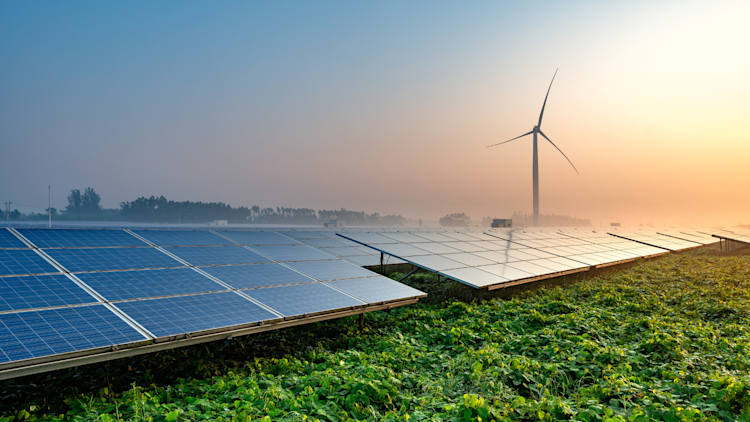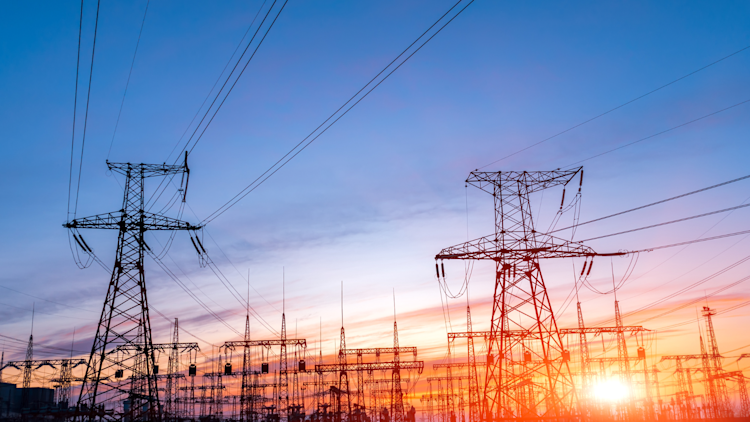Top Reasons to Have Hope for the Future in 2024
In this edition, we review the latest breakthroughs and events inspiring hope on climate change and update you on ecobee's sustainability journey.
by ecobee on 01/08/2024 in Better Planet
13 min read

For the fourth year in a row (2021, 2022, 2023), we invite you to look beyond the negative headlines to uncover the top reasons to have hope for a brighter future.
In this edition, we deliver you the important news and reactions to the Dec. 2023 climate conference in Dubai and bring you the latest breakthroughs and events from around the world that are making a difference.
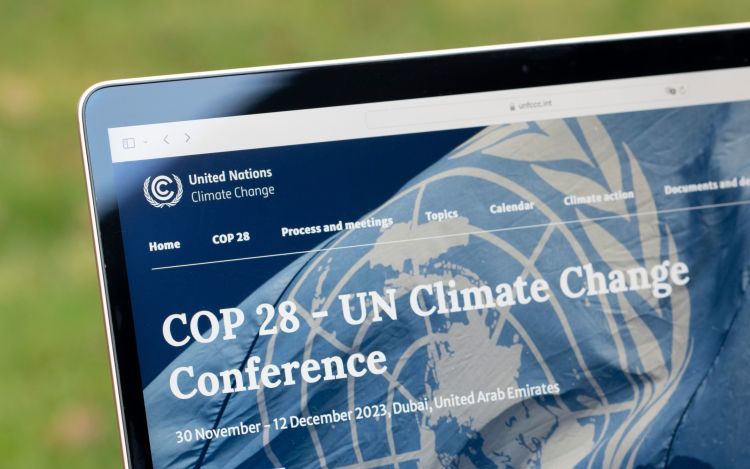
COP28 agreement signals the “beginning of the end” of the fossil fuel era.
There was no shortage of drama as the 2023 annual United Nations climate conference, COP28, kicked off in Dubai. From U.S. President Joe Biden skipping the meeting to its location in a “petrostate,” with an oil company CEO, Sultan Al Jaber, chairing the meeting, it got off to a rocky start.
However, despite all the drama the event did end on a historic high note. After days of contentious negotiations, for the first time ever, diplomats from nearly 200 countries agreed to a pact that calls for “transitioning away from fossil fuels” like oil, gas, and coal that are heating the planet. Bill McKibben, environmental activist and founder of 350.org, said that those words were enough to make this year’s talks a success.
McKibben says what makes the language so important is that it now becomes a tool for climate activists to wield in achieving their goals.
“Whilst we didn’t turn the page on the fossil fuel era in Dubai, this outcome is the beginning of the end,” said UN Climate Change Executive Secretary Simon Stiell in his closing speech. “Now all governments and businesses need to turn these pledges into real-economy outcomes, without delay.”
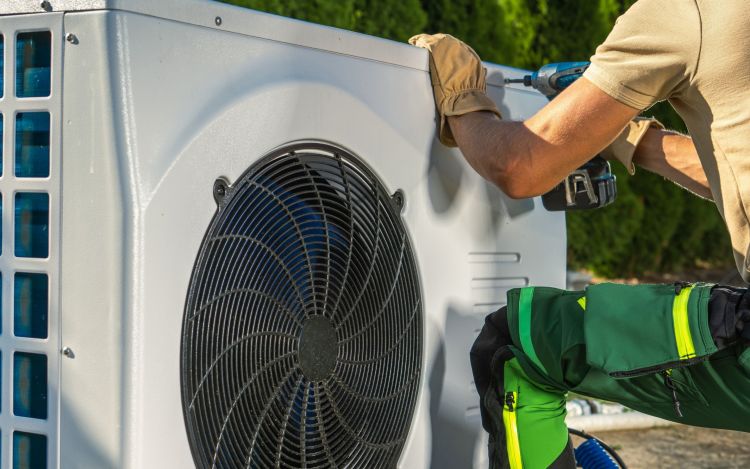
U.S. residential heat pump sales pass gas furnaces for the first time.
The energy revolution is coming to your home, in the form of a heat pump.
But what is a heat pump? The name itself is a bit misleading, as it implies it just heats. It should really be called a “heat-cool pump” (or a cool-heat pump, pun intended). Essentially, it’s a “fancy” air conditioner with a reversing valve so it can heat and cool the home.
Absorbing heat from outdoor air or from the ground and moving it inside via a refrigerant loop makes heat pumps three to five times more efficient than gas or oil-based heating systems, even in cold climates. In addition, by replacing an air conditioner, you save hundreds of dollars annually on cooling because heat pumps generally have a much higher Seasonal Energy Efficiency Rating (SEER) rating than the air conditioner they are replacing.
Heat pumps are three to five times as efficient than oil or gas-based heating systems, even in cold climates.
According to the International Energy Agency (IEA), heat pumps have the potential to reduce global carbon dioxide emissions by at least 500 million tonnes in 2030–equal to the annual carbon dioxide (CO2) emissions of all cars in Europe today. Their remarkable efficiency makes heat pumps a key pillar of electrification, which is necessary for the world to wean itself off fossil fuels.
Rebates and tax incentives in Europe, the United States, and Canada have led to a spike in sales over the past two years. In the U.S. heat pump purchases now exceed those of gas furnaces for the first time. Nevertheless, heat pumps currently meet just 10% of global heating demand. The IEA says that number will need to triple by 2030 to get on track with net-zero emissions by 2050.
Learn more about heat pumps in our recent blog post.
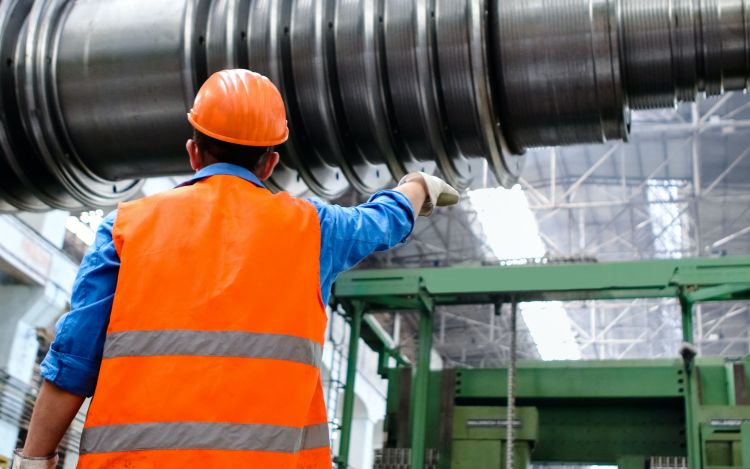
Direct air capture coming of age.
For most of our history the amount of carbon dioxide in the atmosphere was balanced out by nature. But today our atmosphere has a carbon problem. Since the Industrial Revolution, carbon dioxide levels in the atmosphere have increased by 50%. Currently, there is more heat-trapping CO2 in the atmosphere than there has been in millions of years.
Many of the solutions aimed at reducing our carbon footprint involve replacing fossil-fuel energy sources with clean-energy alternatives like wind and solar. These solutions are great in that they will reduce future emissions, but they don’t do anything to reduce the amount of carbon dioxide already present in the atmosphere.
What, if anything, can we do with the carbon dioxide already in the air?
Airlines and the cement industry will find it challenging to eliminate some carbon emissions without technologies like direct air capture.
One solution is to capture it. Direct air capture (DAC) is a coming-of-age technology that extracts carbon dioxide directly from the air and stores it. The challenge with this method of reducing carbon dioxide is that it is expensive. Our atmosphere is enormous and carbon dioxide “only” makes up 0.04% of the composition of air. This is a lot when it comes to greenhouse gases, but challenging and expensive when it comes to purifying our gigantic atmosphere.
So, who would pay for this way to reduce carbon dioxide in our air if it is expensive? The answer is industries that are big emitters of greenhouse gases but which cannot easily reduce their carbon emissions in the short term and need a way to purchase carbon removal credits if they are to continue in business.
Examples of two such industries are the cement industry and the airline industry. Experts say, these industries will find it difficult, if not impossible, to reduce some of their greenhouse gases in the short term without direct air capture. It will be more cost-effective for them to allow some CO2 emissions and then clean them up with DAC.
Some critics are concerned that DAC may divert attention away from other efforts aimed at reducing emissions. However, policymakers in the United States and across the globe have deemed it a worthwhile investment. In August 2023, the Biden administration announced US$1.2 billion to help companies build commercial DAC plants in Texas and Louisiana.
In the short term, DAC can help offset carbon emissions from challenging-to-address industry sectors. But its long-term potential is much greater. As the technology matures and scales, DAC holds the promise to significantly reduce CO2 in the atmosphere once all other efforts to cut emissions are exhausted.

The youth are leading the charge for climate justice.
The gloves are off.
Greta Thunberg has said that climate summits are just “blah, blah, blah, and where has that got us?” She was arrested in October 2023 in London for protesting outside an event that’s been dubbed the “Oscars of oil” and fined on multiple other occasions for refusing to leave protests.
She has chastised world leaders at Davos and UN climate conferences for not being mature enough to “tell it like it is” and for leaving the burden to children. Thunberg inspired and helped lead a week of climate marches that saw the participation of roughly 6 million people in 150 countries from Afghanistan to Vietnam in 2019.
Over the past five years, the 20-year-old former “Time Person of the Year” has become one of the leading climate activists and is using her global influence to inspire other young people to become climate change disruptors.
When this year’s climate conference was taking place in Dubai, Thunberg and many other climate activists took the opportunity to focus their energies at home, protesting the lack of progress on climate by their own governments.
End fossil fuels. Save our planet and our future.
Climate activists who did travel to COP28 in the United Arab Emirates complained about restrictions imposed on their right to protest in a country where public protest is expressly forbidden. Despite the chilly atmosphere and the hurdles faced by activists at COP28, there were some rare moments where activists were able to make their voices heard on the international stage.
Licypriya Kangujam, a 12-year-old environmental activist from India, walked onto the main stage at the conference holding up a sign, “End fossil fuels. Save our planet and our future,” while demanding governments act now to phase out coal, oil and gas.
In her childhood, Kangujam has grappled with New Delhi’s air pollution and experienced her family’s home in the eastern state of Odisha being hit by two cyclones. As she was being escorted away, on-stage dignitaries praised her enthusiasm, and she was given a round of applause. Kangujam was then banned from further participation in COP28.
Greg Fyke, ecobee’s president, commented, “Climate change and clean energy have become topical with younger generations. It comes up with my kids, expressed as a concern about our future—and their future. We have a great responsibility to act now to improve the sustainability of our planet and pave the path towards cleaner sources of energy. Together, we can enable this next generation of leaders to help realize a more sustainable future.”

Dutch move to phase out fossil fuel subsidies after massive protest.
The fossil fuel and associated industries enjoyed US$7 trillion in subsidies in 2022, according to the International Monetary Fund.
Angered by a report that the Dutch government spends US$41 billion (€37.5 billion euros) in subsidies on industries that use oil, coal, and gas, an estimated 10,000 protesters broke through a police barricade and sat on the main road in The Hague that leads to the Dutch parliament.
A month later the country’s lawmakers approved a motion requiring the Dutch Cabinet to develop a plan to phase out fossil fuel subsidies. Two months later at COP28, a Dutch-led coalition of 12 countries, including Canada, France, and Spain, announced a joint plan to create an inventory of their own subsidies within a year with an eye to creating a strategy to eliminate fossil fuel subsidies.
"We cannot phase out fossil fuels without tackling fossil fuel subsidies," said Dutch climate minister Rob Jetten at the U.N. climate summit COP28 in Dubai. "We must ensure the right economic incentives are in place."
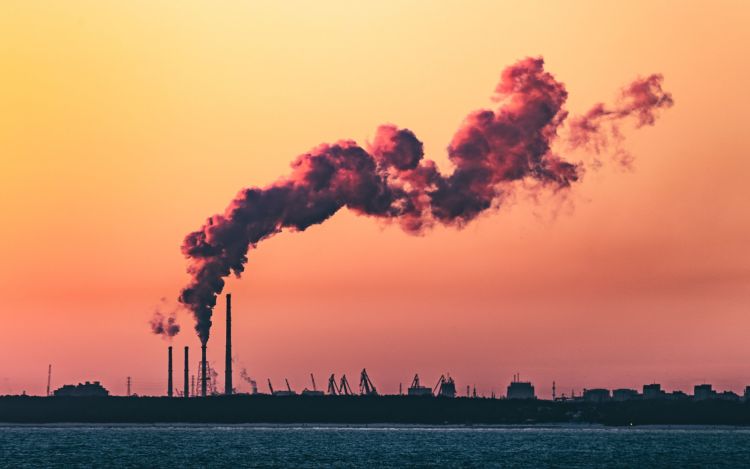
Reducing methane emissions—the “low-hanging fruit” of climate change.
Methane emission reductions from the oil and gas industry are considered the “low-hanging fruit” of addressing climate change. Unlike carbon dioxide, methane traps 80 times as much heat as carbon dioxide. It is the second largest cause of global warming, having caused at least a quarter of atmospheric warming since the Industrial Revolution.
According to the International Energy Agency (IEA), the oil, gas, and coal industries are among the main contributors to methane emissions.
The oil and gas industry faces calls to stop massive methane leaks, called super-emitter events, taking place at their facilities around the world.
Many oil wells are in places where there is no gas pipeline and so they flare the gas associated with drilling, releasing methane. Methane leaks in natural gas infrastructure are another major problem. And massive leaks, known as super-emitter events, take place at oil and gas facilities all around the world. With new ways to now monitor these super-emitter events, there has been steadily growing pressure for the oil and gas industry to clean up its act.
The IEA says that natural gas has a role to play in the transition away from more polluting fuels, but the industry must first address “immediate and major reductions in methane emissions.” It estimates an annual investment of around US$11 billion is needed for methane abatement in the oil and gas sectors. The measures would pay for themselves as the value of the captured methane is higher than the cost of the annual investment.
As part of the COP28 climate conference, 50 of the largest oil and gas companies pledged to all but eliminate methane emissions associated with their operations by 2030.
While some groups decried the agreement as greenwashing, the IEA and the Environmental Defense Fund signed on to monitor the industry’s efforts.

ecobee is made for the planet.
ecobee's mission is "To improve everyday life while creating a more sustainable world."
“We take a holistic approach to sustainability,” says Greg Fyke, ecobee’s president. “This means that our products do more than save energy. We consider sustainability in all aspects of our work, from how we design and manufacture our products to be ‘built to last’ with industry-leading warranties to how we package and ship them. We also select partners who share this commitment.”
This kind of thinking has resulted in a complete revamp of the packaging for our latest-generation thermostats, for example. Our thermostats ship in a fully compostable 100% tapioca starch tray inside a fully recyclable FSC-certified box. The tapioca is sourced near our manufacturing facility, reducing transportation in our supply chain. Additionally, the packaging is 30% smaller than the previous box, which means a 30% reduction in fossil fuels needed to ship the new products to our customers.
We also ensure that rare earth elements such as tin and gold are sourced ethically and seek to avoid the use of lithium-ion batteries, which can be difficult to recycle. When their use is essential, we make removing and recycling lithium-ion batteries simple.
Devices that do more.
Our devices are built to do more and intelligently work better together, both to deliver greater customer value and to reduce the environmental impact. Here's how:
- SmartSensors - ecobee SmartSensors make the home more comfortable by managing hot or cold spots and work as motion sensors for our security system, ecobee Smart Security.
- SmartSensors for doors and windows - Our door and window sensors can automatically shut off your HVAC system to conserve energy and protect your home from intrusion.
- Smart Thermostats - Our Smart Thermostats are designed to optimize comfort in your home but can also arm and disarm the ecobee Smart Security system from the touchscreen.
- Smart Thermostat Premium - Smart Thermostat Premium incorporates a microphone that not only enables built-in voice control for popular assistants such as Amazon Alexa and Apple Siri but also the ability to detect smoke alarms to keep your home and family safe.
Fyke expresses optimism for the future of the smart home and its ability to have a positive impact on sustainability: “We’re seeing an increasing number of people replace legacy thermostats with ecobee smart thermostats. Every new smart home matters because it not only delivers incremental energy savings of up to 26%* but also helps reduce peak demand on the utility grid, enabling the use of cleaner sources of energy.”
That’s what we call a win-win!
Make 2024 your most sustainable year yet.
Here are some easy yet impactful steps you can take to help protect the environment and curb climate change:
- Replace your old thermostat with an energy-efficient smart thermostat. Learn more.
- Air seal and upgrade the insulation in your attic. According to the EPA, a well-sealed and insulated attic can save you up to 15% on heating and cooling costs. Learn more.
- Replace your ageing heating system with a high-efficiency heat pump. Learn more.
- Consider multipurpose smart home solutions that provide both comfort and safety, have been built sustainably, and are designed to last. Learn more.
- Support eco-friendly businesses in your area.
- Volunteer your time to support action on climate change. 350.org, Greenpeace, and the Sierra Club are some well-known organizations that are active in driving positive change.
* Compared to a hold of 72°F/22°C.
Did you enjoy this article?
Thanks for letting us know!


